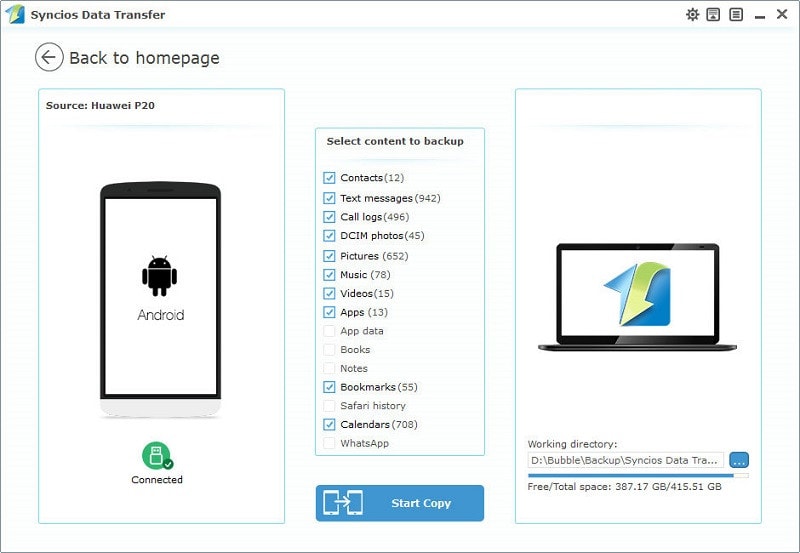Software as a Service, commonly known as SaaS, is a method of software delivery that allows data to be accessed from any device with an internet connection and a web browser. Instead of installing and maintaining software, users can simply access it via the internet, freeing themselves from complex software and hardware management. SaaS applications are sometimes called web-based software, on-demand software, or hosted software.
The Origins of SaaS
The concept of SaaS dates back to the 1960s when IBM and other mainframe providers conducted time-sharing experiments. However, it wasn’t until the internet became more widespread in the late 1990s that SaaS began to gain traction. Early SaaS pioneers like Salesforce revolutionized the way software was delivered, shifting from traditional on-premises solutions to cloud-based services.
Key Characteristics of SaaS
SaaS is defined by several key characteristics. First, it is hosted on a remote server, managed by a third-party provider. Second, it is accessed via the internet, typically through a web browser. Third, SaaS follows a subscription-based billing model, where users pay a recurring fee rather than a one-time purchase price. Lastly, SaaS providers handle all updates and maintenance, ensuring that users always have access to the latest features and security patches.
Benefits of SaaS
The benefits of SaaS are numerous. One of the primary advantages is cost savings. Since SaaS is subscription-based, companies can avoid the high upfront costs of purchasing software outright. Additionally, SaaS eliminates the need for in-house servers and IT staff to manage and update software. Another benefit is scalability. SaaS solutions can be easily scaled up or down based on the needs of the business, allowing for greater flexibility. Furthermore, SaaS applications are accessible from anywhere, facilitating remote work and collaboration.
Common SaaS Applications
SaaS covers a broad range of applications used by businesses today. Common examples include customer relationship management (CRM) software like Salesforce, human resources management systems (HRMS) like Workday, and enterprise resource planning (ERP) systems like NetSuite. Other popular SaaS applications include email services like Gmail, collaboration tools like Slack, and project management software like Trello and Asana.
Security Considerations
While SaaS offers many benefits, it also raises important security considerations. Data stored in the cloud is often subject to stringent security measures, but businesses must still be vigilant. It’s essential to choose reputable SaaS providers with robust security protocols, including encryption, regular security audits, and compliance with industry standards. Additionally, companies should implement strong access controls and regularly monitor their SaaS applications for any signs of suspicious activity.
Integration with Other Systems
One of the critical aspects of SaaS is its ability to integrate with other systems and software. Many SaaS applications offer APIs (Application Programming Interfaces) that allow them to connect seamlessly with existing IT infrastructure. This interoperability is vital for businesses looking to streamline operations and ensure that data flows smoothly between different departments and systems. Integration can also enhance the functionality of SaaS applications, making them even more valuable to users.
Future of SaaS
The future of SaaS looks promising, with continued growth and innovation expected. As more businesses embrace digital transformation, the demand for flexible, scalable, and cost-effective software solutions will increase. Emerging technologies like artificial intelligence (AI), machine learning, and the Internet of Things (IoT) are likely to further enhance SaaS offerings, providing even more sophisticated and tailored solutions. Additionally, the rise of mobile technology and 5G networks will make SaaS applications more accessible and efficient than ever before.
SaaS for Small and Medium Businesses
SaaS is particularly advantageous for small and medium-sized businesses (SMBs) that may lack the resources to invest in traditional software solutions. SaaS allows these businesses to access high-quality software without the need for significant capital investment. It also enables them to compete on a more level playing field with larger enterprises, thanks to the scalability and flexibility of SaaS solutions. As a result, many SMBs are turning to SaaS to support their growth and operational efficiency.
SaaS in Everyday Life
Beyond the business world, SaaS plays a significant role in everyday life. Many people use SaaS applications without even realizing it. Popular examples include streaming services like Netflix and Spotify, which deliver content on-demand through the internet. Online storage solutions like Google Drive and Dropbox are also SaaS applications, allowing users to store and access files from anywhere. These consumer-focused SaaS applications demonstrate the versatility and convenience of the SaaS model in various aspects of daily life.




![Average Renovation Costs in [Your Location] Average Renovation Costs in [Your Location]](https://images.unsplash.com/photo-1517103278237-421a1cb020fa?fm=jpg&q=60&w=3000&ixlib=rb-4.0.3&ixid=M3wxMjA3fDB8MHxzZWFyY2h8M3x8aG93JTIwbXVjaCUyMHJlbm92YXRpb24lMjBjb3N0fGVufDB8MHwwfHx8Mg%3D%3D)






